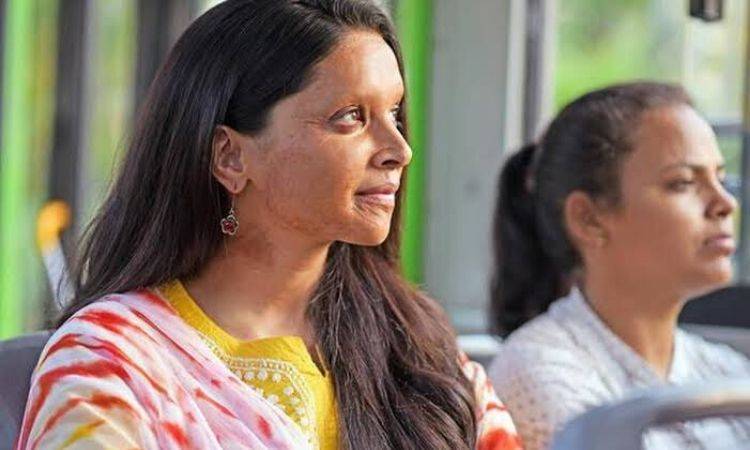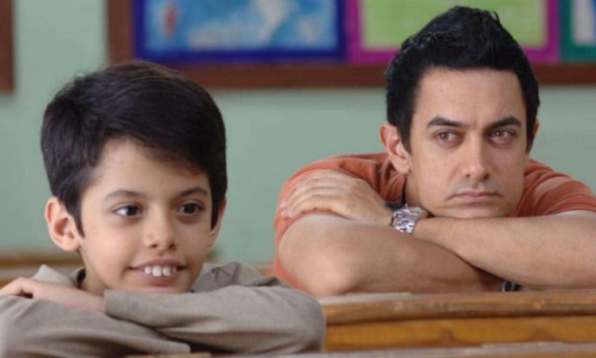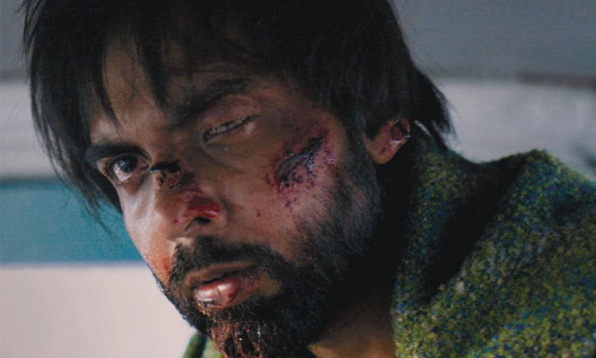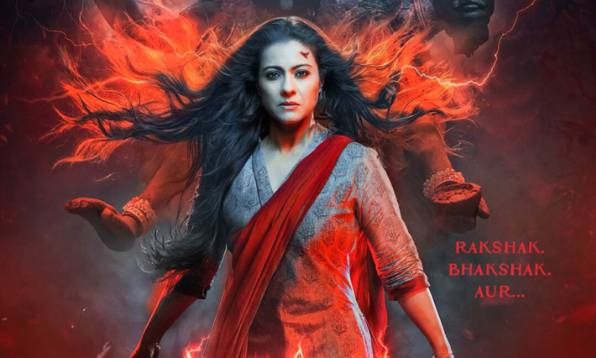Bollywood is not known for its ability to handle sensitive issues, primarily because it lacks people who are both talented and well known enough to make a film artistically appealing and commercially viable. Often times, the lack of skill leads to a sensitive and important social issue not getting its due.
Chhapaak deals with the issue of acid attacks through the true story of Laxmi Agarwal, an acid attack survivor. Considering Meghna Gulzar’s past films, one could’ve predicted that the film would be heavy-handed and lacking in nuance. Deepika Padukone playing the lead role was yet another indicator that the aim is to reach more people rather than showcase good craft.
This is not necessarily a bad thing, as the film’s subject matter alone is enough to hit you very hard and wake you up to the grim horror faced by women who either spurn a man’s advances or dare to do something that is deemed “above” their social stature.
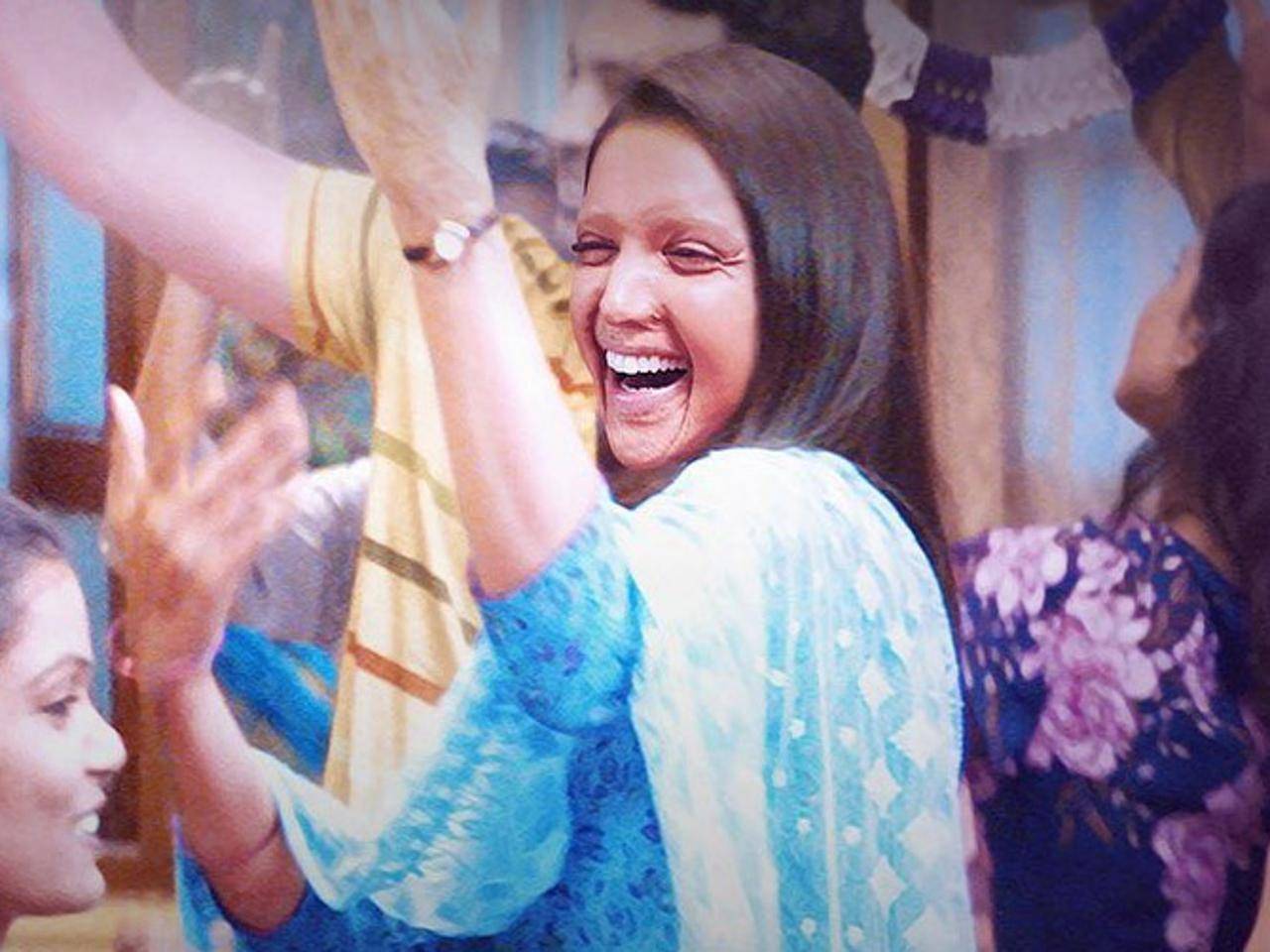
Image Source
Chhapaak begins with visuals of the protests that followed the rape of Jyoti Pandey on December 16, 2012. We see a man trying to get the attention of mediapersons at the protest to the case of his daughter, an acid attack survivor. The attempt to find an intersection between two different crimes against women sounded promising, but isn’t dealt with well enough to make an impact.
Soon, we’re introduced to Malti (Deepika Padukone), who is looking for work to pay for her brother’s tuberculosis treatment, but is unable to find anything, in part due to her appearance. Other major characters like Amol (Vikrant Massey), who runs an NGO that helps acid attack survivors, and Archana (Madhurjeet Sarghi), Malti’s lawyer, are also introduced in the first few scenes. The film then goes into a flashback which shows us Malti’s life from the acid attack to a pivotal moment in the court case against her attacker.
The film isn’t about crafting a narrative that can invoke a sense of tragedy in the viewer, but rather about the visible effects of an acid attack. The haunting title track, sung by Arijit Singh, plays as we’re shown visuals of the attack on Malti, making the scene very powerful and arguably more impactful than the rest of the film.

Image Source
Through Malti’s work at Chhaya, the NGO run by Amol, we see various other acid attack survivors and their stories. One of them was that of two girls in Bihar who belonged to backward castes and were attacked by upper-caste men for becoming software engineers. These girls were then denied treatment at a hospital in Patna because of their caste. Gulzar and co-writer Atika Chohan have done a good job at painting a clear picture of the various circumstances under which acid attacks take place in India.
Gulzar and Chohan also put a touch that would’ve almost certainly been lacking in the hands of a male director or writer: a message of hope. Without downplaying the trauma of an acid attack in any way, Chhapaak gives viewers a message of hope by showing Malti and several other survivors engaging in everyday activities like playing games, shopping, having a party with friends, or simply talking about their lives. By doing this, the film tells us how the trauma may never go away, but it need not define a survivor for life.
Despite a small victory for Malti in the court ruling that regulates the sale of acid, and her attacker being sentenced, the film ends on a dark note by showing yet another acid attack in which the victim succumbs to her injuries. We also see a message telling us that over 250 acid attacks took place in 2017. The film is bound to have an impact right now, but if history is evidence, it is unlikely that Chhapaak will do much for the discourse around acid attacks in the long run.
[wp-post-author]

 Web Stories
Web Stories
